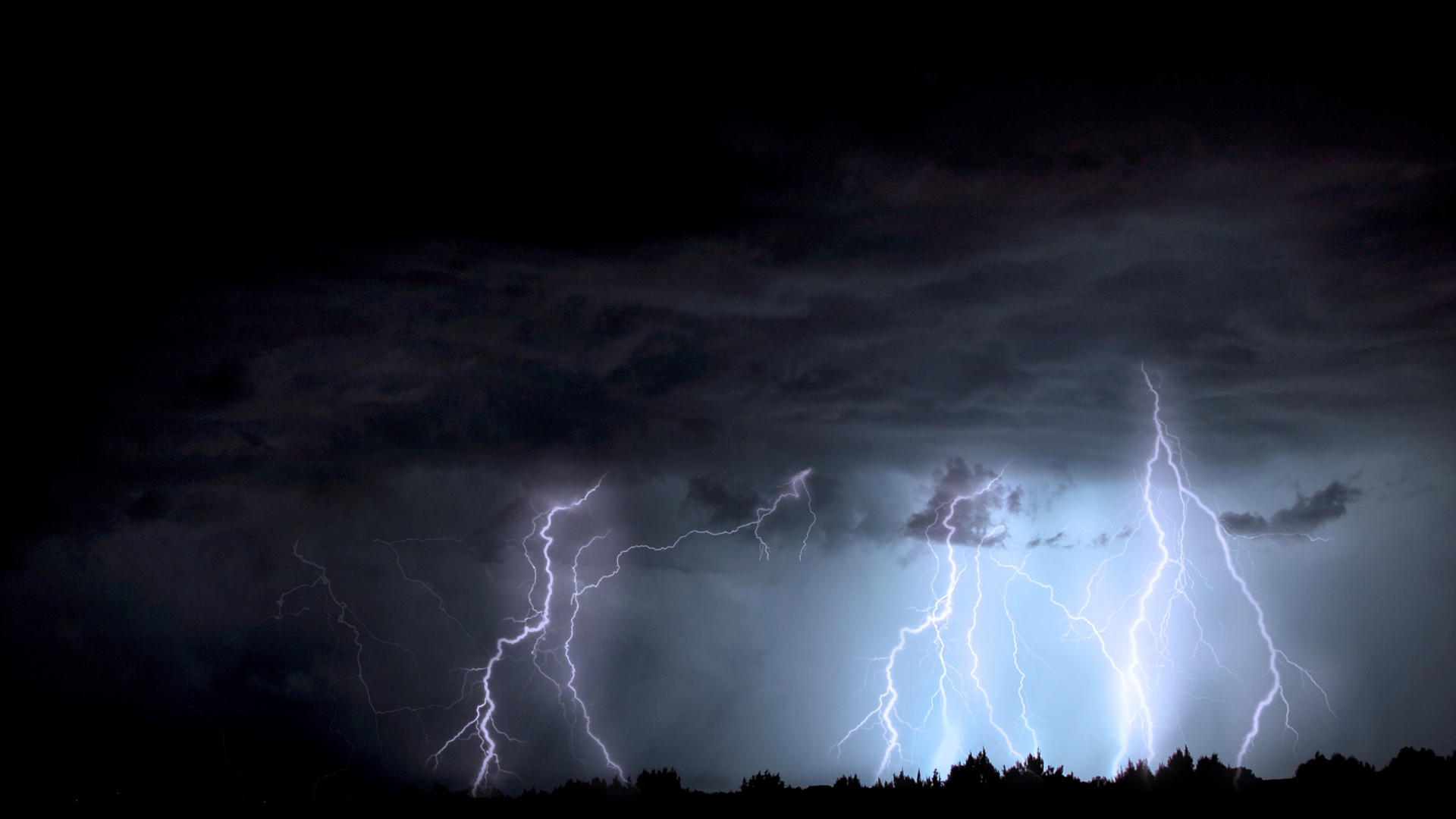
You’re not imagining it - lightning activity has been off the charts this summer.
It happens every summer. Dark clouds roll in, a deep rumble of thunder booms and the skies light up with powerful bolts of lightning. While it may be fun to watch from the safety and comfort of your home, lightning can be quite destructive. And it seems Thor, the god of lightning and thunder, may have been testing Ottawa’s resolve in the first half of summer 2023, by barraging us with an exceptionally high amount of lightning strikes.
The science behind lightning is quite interesting. For lightning to occur, positive and negative charges must separate within a cloud. A thunderstorm’s updrafts and downdrafts create the ideal environment that separates electric charges - negative charges are based near the bottom of the cloud and positive charges float up above. When positive charges begin building underneath the storm, concentrating on tall objects like trees and buildings, a channel of negative charges makes its way towards the ground, which is called a stepped leader. Back on the ground, positive charges, called an upward leader, start moving upwards towards the clouds via tall trees or buildings. When the two meet, an electric current shoots upwards towards the cloud.
While cloud-to-cloud is the most common type of lightning, occurring somewhere between three to five times as often as cloud-to-ground lightning, cloud-to-ground lightning, which is when we see bolts of lightning travelling between the clouds and the ground and as a result, is more dangerous to people, nature and electrical grids.

Lightning facts:
- Lightning strikes actually go upwards from the upwards leader towards the ground rather than downwards. It all happens so quickly that it appears the opposite to the human eye.
- Lightning can absolutely strike the same spot twice. And then again and again.
- For the majority of Canada, lightning occurs most commonly between 1 p.m. and 6 p.m.
- July is the month with the highest number of cloud-to-ground lightning strikes in Canada.
According to data from Environment Canada based on a radius within 50 kilometers of the Ottawa International Airport, June 2023 saw 3,260 lightning strikes which is nearly three times the typical number of lightning strikes we see in June (1,200 strikes). As if that wasn’t impressive enough, July stole the show with 6,066 recorded strikes, almost reaching the monthly record of 6,309 set in August, 2018.
It’s no surprise that this shocking amount of lightning can have a negative impact on our electricity grid. Direct hits can damage electrical equipment, as can strikes that cause trees, branches or other debris to come in contact with power lines. Outages may occur and emergency repairs may be required depending on the severity of the situation and whether or not equipment has sustained any damage. Lightning storms caused seven outages in July 2023 alone, which does not include any tree contact that may have been caused by lightning strikes.
In recent years the effects of climate change are increasingly evident and utility providers such as Hydro Ottawa require contingencies to better protect its electrical grid. Tracking outage information and mapping trends is one way that Hydro Ottawa works towards learning, improving and future-proofing our grid. Where we used to rely on historical trends to inform our plans for the future, we are now seeing record-breaking storms more frequently and as a result, we are able to learn quicker and adapt our plans accordingly.
Another contingency that Hydro Ottawa has implemented is a self-healing grid that leverages automation, rapid system communication and computer analysis. These tools can help quickly restructure and rearrange our distribution system to minimize the impact to our customers in the case of an issue. Adopting new and innovative technology ultimately helps us restore power to our customers faster, which, paired with efforts to strengthen our infrastructure and create new generation opportunities, helps to future-proof our grid and minimize the effects that intense storms may bring.

While we do actively take precautions that will help reduce the impact of lightning strikes, we can’t outright stop the lightning from striking. Therefore, it is important to prepare for unexpected outages caused by summer storms. Here are a few tips to avoid being caught off guard:
- Create a 72-hour emergency kit for your household using our checklist, which includes items to help you get through emergency outages.
- If you use a generator that is connected to your home’s electrical system, ensure it feeds through an approved transfer panel and switch that was installed by a qualified electrician.
- If you have a sump pump, installing back-up power on it will help avoid flooding during an outage.
- Help reduce strain on the electrical grid by conserving your energy use with these simple tips, and reap the cost-saving benefits.
We hope you have learned a bit about lightning and how we prepare for it, so that next time Mother Nature treats us to one of her light shows you can sit back and watch, knowing you are prepared.